Respiratory syncytial virus (RSV) is a respiratory illness that can be dangerous for infants, older adults, and people with weakened immune systems. It’s typically identified with a nasal swab, though there are several testing methods.
RSV is a leading cause of respiratory illnesses in people, especially in young children. The infection tends to be most frequent and most severe in infants and toddlers.
RSV follows a seasonal pattern, usually emerging from late fall through spring and reaching its height during the cold winter months. It spreads easily, so outbreaks can affect many people within the same community.
Continue reading to find out why an RSV test might be ordered, the testing options available, and what steps you may need to take depending on your results.
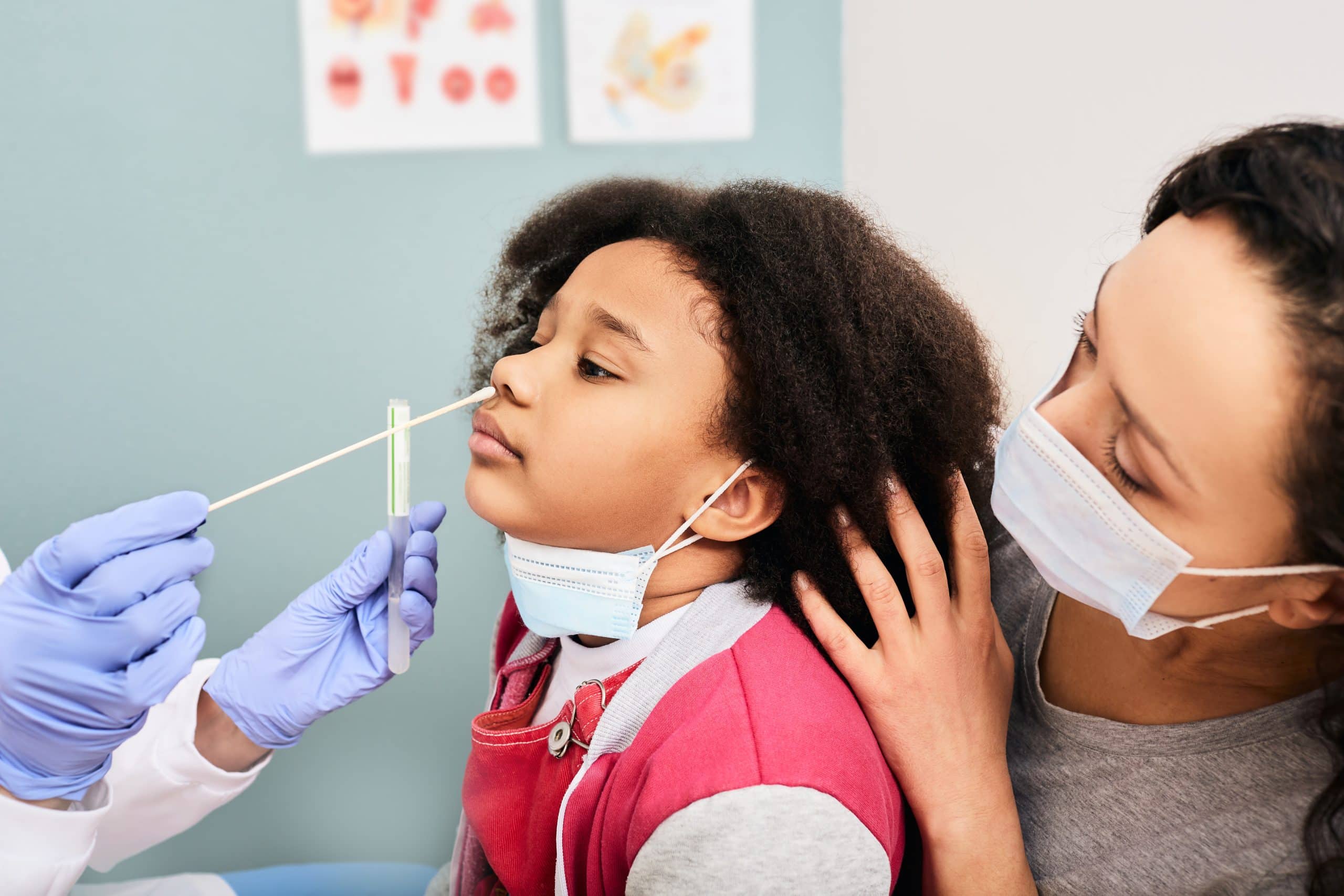
What is RSV?
RSV is especially prevalent among newborns and young children, so recognizing its symptoms is important if you care for a young child.
According to the Centers for Disease Control and Prevention (CDC), nearly every child will have been infected with RSV by their second birthday. Only a minority, however, develop severe illness.
In infants, RSV can lead to:
- Bronchiolitis: Inflammation of the small airways in the lungs.
- Pneumonia: Infection and fluid accumulation in one or more areas of the lungs.
- Croup: Swelling of the upper airway that causes breathing difficulty and a barking cough.
In older children, adolescents, and adults, RSV infections are generally less severe.
What is the RSV test?
An RSV test is most useful within a few days after symptoms start, when viral levels are highest and easier to detect.
Below are the common tests and some that are used less often.
Common testing types
The two tests listed here, both using nasal specimens, are the ones most commonly employed to find RSV:
- Rapid RSV antigen test: This detects viral proteins (antigens) and can yield results in under an hour. It’s less sensitive in adults but performs well in infants and young children.
- Real-time reverse transcriptase–polymerase chain reaction (rRT-PCR): This molecular test sends the sample to a lab to look for RSV genetic material. It can identify very small amounts of virus, making it highly sensitive for older children and adults.
Less common testing types
The following tests are not typically used to diagnose an active infection. Instead, they measure antibodies to RSV, which can indicate past exposure or sometimes a current immune response.
- RSV antibody test: Using a blood sample, this test detects antibodies to RSV. It’s mostly used for research or surveillance rather than routine clinical diagnosis.
- Viral culture: A nasal specimen is placed in a lab dish to watch for RSV growth. This technique is less sensitive than rRT-PCR and antigen testing.
Who should take an RSV test?
While testing isn’t required for every respiratory illness, an RSV test can help distinguish RSV from other infections.
Testing is commonly done for premature infants or children under 2 who have congenital heart disease, chronic lung conditions, or weakened immune systems. These infants and toddlers are at higher risk for severe outcomes such as pneumonia and bronchiolitis.
RSV symptoms are similar to those of many other respiratory infections.
Symptoms in infants younger than six months may include:
- reduced activity
- irritability
- rapid, shallow breathing
- in severe cases, chest retractions and flared nostrils
- in severe cases, bluish discoloration of the lips or fingernails
Symptoms in older children and adults, including those over 65, may include:
- cough
- sneezing
- runny nose
- sore throat
- wheezing
- fever
- reduced appetite
How should you prepare for the RSV test?
No special preparation is necessary. The test involves a quick swab, suction, or nasal wash to collect secretions from the nose and throat for analysis.
Tell your healthcare provider about any medications, prescription or over-the-counter, you are taking as they could possibly influence test outcomes.
An RSV test is commonly performed using one of these approaches:
- Nasal aspirate: A clinician uses suction to draw a sample of nasal secretions for testing.
- Nasal wash: A sterile bulb syringe filled with saline is used to flush the nostril and collect secretions for analysis.
- Nasopharyngeal (NP) swab: A small swab is inserted to the back of the nose to gather a specimen from the nasopharynx.
What are the risks of taking the test?
There are minimal risks associated with RSV testing.
Some people may feel discomfort or a gagging sensation when a swab reaches deep in the nasal passage. Occasional nosebleeds or minor irritation of the nasal tissues can occur.
What do the results mean?
RSV test outcomes are reported as either negative or positive.
Negative for RSV
A negative nasal test usually indicates that RSV is unlikely to be the cause of symptoms.
Positive for RSV
A positive test generally means an active RSV infection is present. Your clinician will advise on appropriate next steps.
Even when infants test positive for RSV, hospitalization is often unnecessary because many cases improve at home. However, testing is prioritized for sicker or high-risk infants who are more likely to need inpatient supportive care until they recover.
There is no specific cure for RSV. Treatment is generally supportive: a clinician may suggest acetaminophen (Tylenol) for fever and saline nasal drops to relieve nasal congestion.
Palivizumab (Synagis) is given to some high-risk children under 2 years to help prevent severe RSV disease.
For people with asthma, bronchodilator inhalers can open the airways and ease breathing. In certain cases, especially for those with significantly weakened immunity, a doctor might recommend inhaled ribavirin (Virazole), an antiviral medication.
Most RSV infections are not severe and can be managed effectively with supportive care.
Frequently asked questions
Below are answers to common questions about RSV testing.
Is there a vaccine for RSV?
As of January 2023, several vaccines were in development. By March 2024, some vaccines and preventive options had been authorized for specific groups:
- Infants and children: Nirsevimab (Beyfortus) and palivizumab (Synagis) are used to protect infants and children up to 24 months who are at increased risk.
- Pregnant individuals: The Pfizer Abrysvo vaccine can be given during 32–36 weeks of pregnancy to transfer protection to the fetus.
- Adults 60 and older: Two vaccines — GSK Arexvy and Pfizer Abrysvo — are approved for older adults at risk for severe RSV.
How do you test for RSV?
Healthcare professionals collect nasal fluid using a swab or a wash. Depending on the test, results may be available within an hour or the sample may be sent to a laboratory for analysis.
Is there a test for RSV for adults?
In adults and older children, the rRT-PCR test is more effective than the rapid antigen test because it can detect lower amounts of viral material, which are typical in these age groups.
This molecular test is preferred since adults and older children tend to carry less RSV in the nose than infants do.
Can I test for RSV at home?
The Pixel by Labcorp COVID-19+Flu+RSV Test Home Collection Kit, cleared by the FDA in 2022, screens for COVID-19 and influenza as well as RSV. It’s available over the counter or online and lets you collect your own nasal sample to send to a lab for results.
How much does an RSV test cost?
Costs for an RSV test performed by a clinician vary. The at-home Pixel by Labcorp kit costs about $129. Insurance may cover part or all of the expense of RSV testing.
What are the first signs of RSV?
RSV symptoms typically begin a few days after exposure and often appear progressively rather than all at once.
Early symptoms may include:
- a runny nose
- nasal congestion
- cough
- sore throat
Very young infants might show only reduced activity and increased fussiness. In severe cases, infants may breathe rapidly and shallowly.
The bottom line
While RSV can infect anyone, most children have been exposed by age 2 and usually experience mild illness. In infants, RSV can cause bronchiolitis, pneumonia, or croup, potentially leading to cough and breathing problems.
There is no universal cure for RSV, but preventive options and vaccines have become available for certain groups. An RSV test helps distinguish RSV from other respiratory pathogens and guides clinicians in choosing the best care plan.

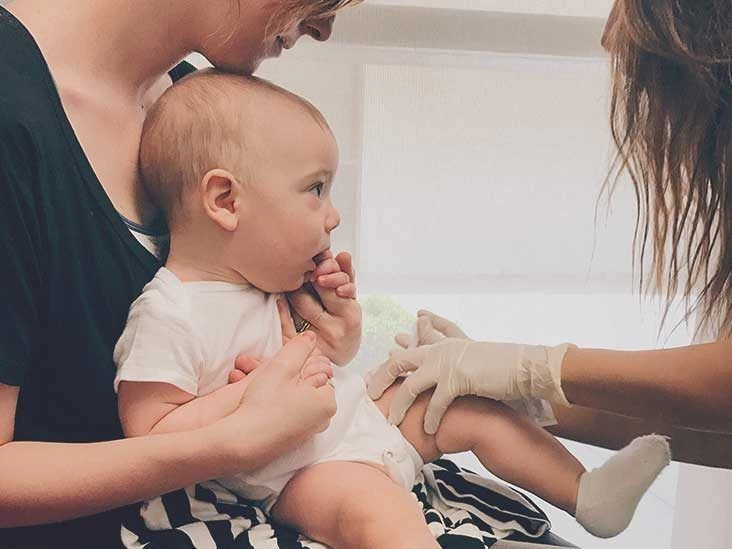
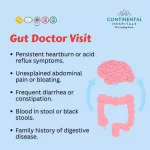
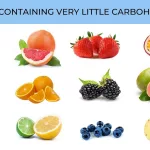


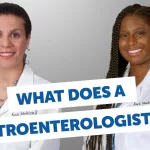







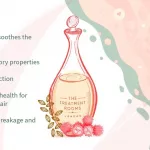
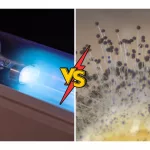
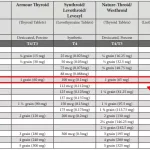

Leave a Reply
You must be logged in to post a comment.